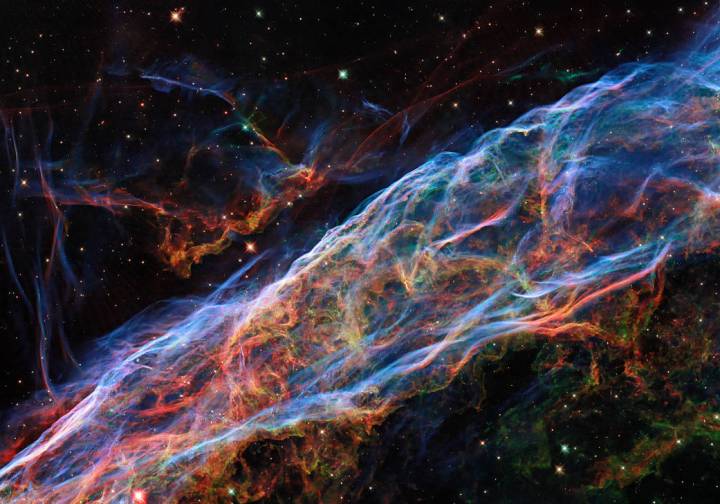
After switching to backup hardware, the Hubble Space Telescope is back up and running following a computer error last month. NASA technicians were able to identify the source of the error and switch over to backup versions of two key units on July 16, and following checks and calibrations, the telescope resumed its science operations on July 17.
“Hubble is an icon, giving us incredible insight into the cosmos over the past three decades,” said NASA Administrator Bill Nelson. “I’m proud of the Hubble team, from current members to Hubble alumni who stepped in to lend their support and expertise. Thanks to their dedication and thoughtful work, Hubble will continue to build on its 31-year legacy, broadening our horizons with its view of the universe.”
Hubble’s issues began when its science instruments switched into safe mode on June 13. This happens automatically when there is a problem with the hardware or software, with the instruments stopping data collection and switching into a protective mode to ensure any issues do not damage them.
The switch to safe mode was triggered by an issue with the payload computer, which controls the science instruments. After several weeks of testing, technicians on the ground were able to identify the source of the fault as the Science Instrument Command and Data Handling (SI C&DH) unit and its power system, the Power Control Unit (PCU).
To fix the error, the technicians switched from the main hardware for these two units to backup hardware. Most systems on Hubble have a backup version in case there’s an issue. But switching to the backup requires powering down other components too, so before this could be done, the technicians had to run tests and simulations.
The switch to backup hardware was performed this week and completed on Friday. By Saturday, checks and calibrations had been completed, and Hubble resumed collecting science data on Saturday afternoon.
NASA also confirmed that Hubble is back up and running on the official Hubble Twitter account, saying that “science data is once again being collected to further our understanding of the universe.”
Editors' Recommendations
- NASA selects 9 companies to work on low-cost Mars projects
- Hubble discovers over 1,000 new asteroids thanks to photobombing
- Hubble captures the dramatic jets of a baby star
- The expansion rate of the universe still has scientists baffled
- NASA, Boeing delay Starliner’s first crewed flight again



